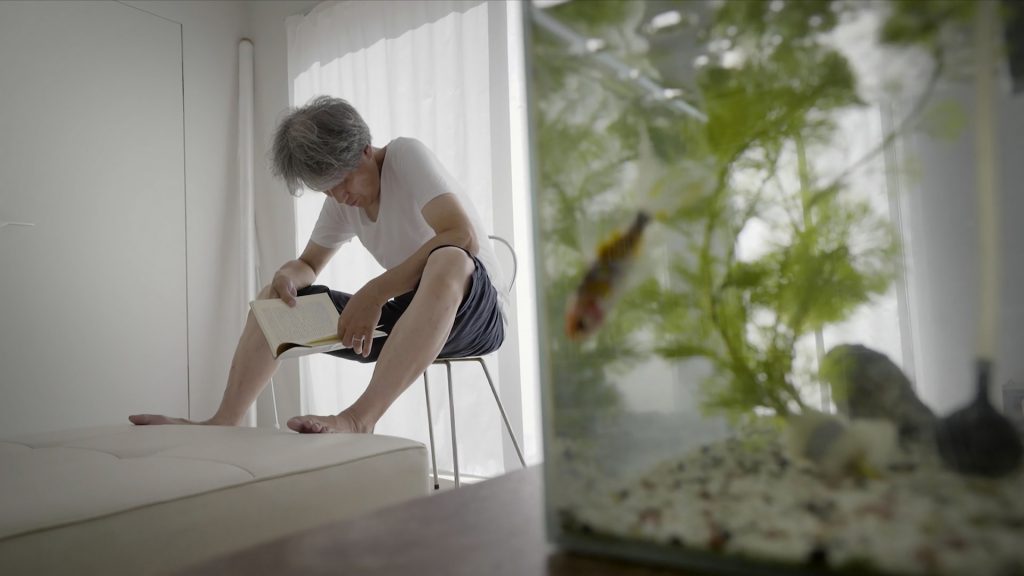Architecture films
TAB 2019 presents two architecture film screenings by Louise Lemoine & Ila Bêka.
Moriyama-San
Directors Louise Lemoine & Ila Bêka
France/Italy 2017, 63
min
In English with English subtitles
The film will be
screened
on September 4, at 18.00 in Kumu.
Free of charge
Moriyama-San is a documentary about Yasuo Moriyama – a
Japanese art, architecture and music enlighted amateur who lives in
one of the most famous contemporary Japanese architecture, the
Moriyama house, built in Tokyo in 2005 by Pritzker-prize winner Ryue
Nishizawa (SANAA).
Introduced in the intimacy of this
experimental microcosm which redefines completely the common sense
of domestic life, Ila Bêka recounts in a very spontaneous and
personal way the unique personality of the owner: a urban hermit
living in a small archipelago of peace and contemplation in the
heart of Tokyo. From noise music to experimental movies, the film
let us enter into the ramification of the Mr. Moriyama’s free
spirit.
Moriyama-San is the first film about noise music,
acrobatic reading, silent movies, fireworks and Japanese
architecture.
The Infinite Happiness
Directors Louise Lemoine & Ila Bêka
France/Italy 2017, 85
min
In English with English subtitles
The film will be
screened on
September 14th, at 21.00 at Port of Noblessner
Free of charge
Conceived as a
personal video diary, The Infinite happiness is an architectural
experience. The film takes us to the heart of one of the
contemporary housing development considered to be a new model of
success. Inhabiting the giant “8 House” built by Danish
architect Bjarke Ingels in the suburbs of Copenhagen, Ila Bêka &
Louise Lemoine recount their subjective experience of living inside
this experiment of vertical village, elected in 2011 “World
best residential building”.
As a Lego game, the film
builds up a collection of life stories all interconnected by their
personal relation to the building. The film draws the lines of a
human map which allows the viewer to discover the building throu-gh
an inner and intimate point of view and questions the
architecture’s ability to create collective happiness showing
the surprising results of this new type of social model of the 21rst
century.

